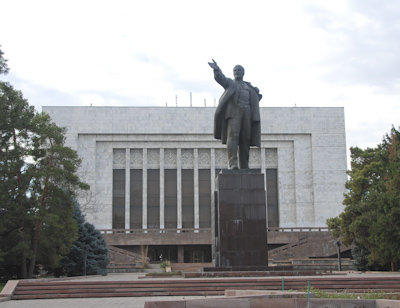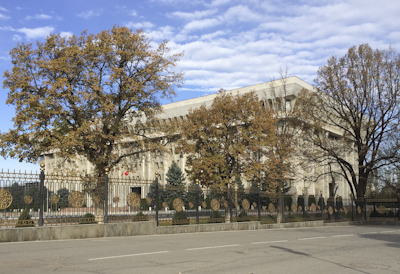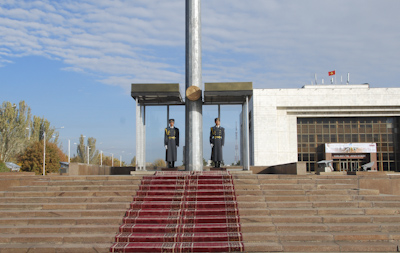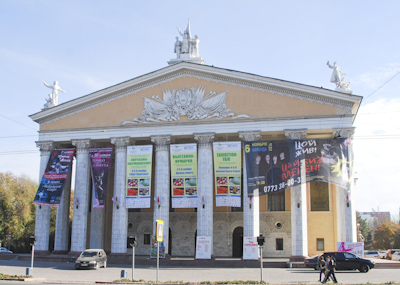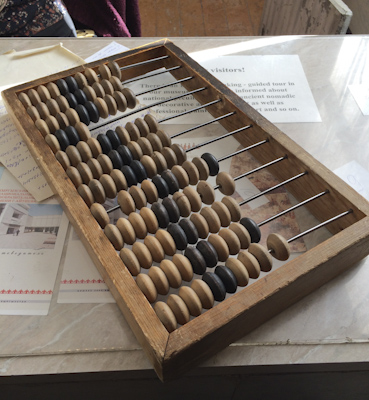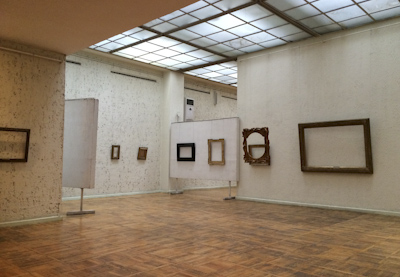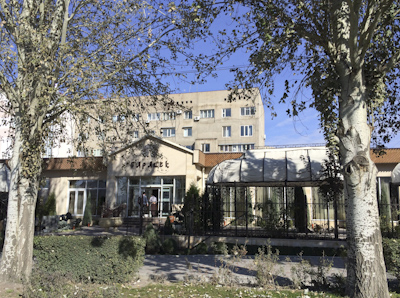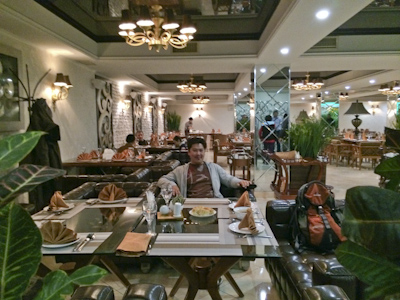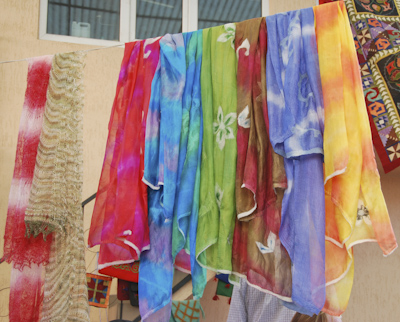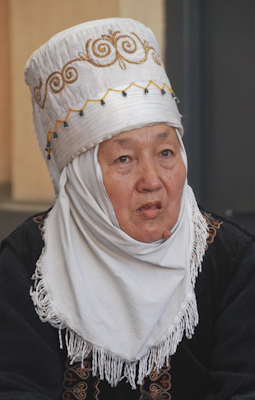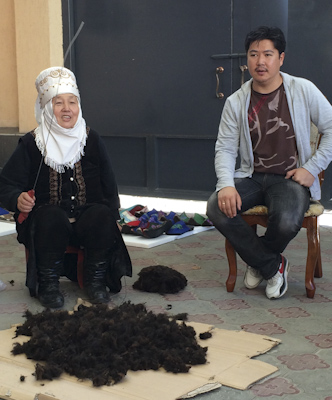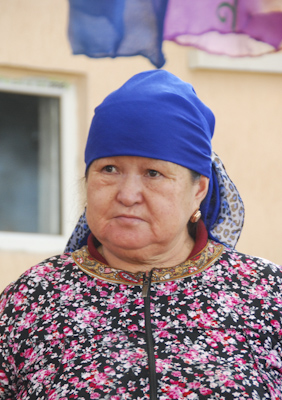Tuesday November 4, 2014 Bright sunny day: 48 – 62 degrees F.
Bishkek is the largest city and capital of the Kyrgyz Republic. It’s a relatively new city, since it was founded in 1825. It is located in the northern part of the country and was on the historic caravan trading routes for centuries. Today it is clogged with traffic and has many cement block buildings left over from Soviet times. Our guide told us that Kyrgyzstan is considered to be the most democratic country in Central Asia.
The main symbol on the flag is the golden sun with two sets of three lines which represents the crown of a traditional Kyrgyz yurt. The sun’s 40 rays represent the 40 Kyrgyz tribes which were unified by the epic hero Manas to fight against the invading Mongols.
After breakfast, the group went to visit the State History Museum. The bus parked on a back street so we could see the statue of Lenin which was located behind the museum.
We stopped at another monument which had been built to honor the fifteen countries of the Soviet Union. Then we continued to walk around the impressive building onto a grand boulevard.
The museums, government buildings, and wide streets were built during soviet times. Since independence in 1991, the president and parliament currently occupy the offices.
 History Museum with a Statue of Manas
History Museum with a Statue of Manas
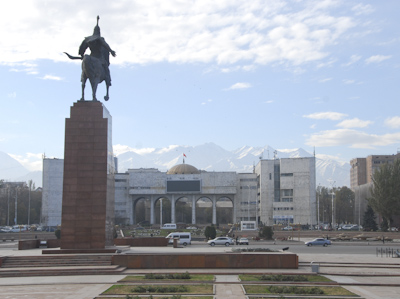 Manas has a Commanding View of the Mountains
Manas has a Commanding View of the Mountains
There were two Soviet-looking guards standing outside the history museum. At first, everyone thought they were mannequins, but Batir informed us that they were real men. I took a photograph. Later we saw the ‘Changing of the Guard’ when they stepped down.
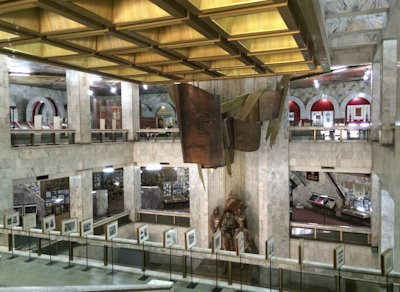 Interior of the History Museum
Interior of the History Museum
 Yurt Exhibit at the Top of the Stairs
Yurt Exhibit at the Top of the Stairs
The yurt on display gave visitors an idea of how the nomads lived. The Kyrgyz people were nomadic throughout pre-historic times until the czar forced the people to settle and Bishkek (first called Pishpeck) was founded in the early 1800s.
 The Group Learning About the Yurt
The Group Learning About the Yurt
The National Art Gallery was next on our list. Here we saw beautiful Kyrgyz works of art from the early 20th century and exhibits of contemporary art. Unfortunately, photography was not permitted in the gallery.
About one o’clock, we were driven to a modern upscale restaurant, named Sheep, for a fantastic lunch.
 Another View of the Interior of ‘Sheep’
Another View of the Interior of ‘Sheep’
After lunch we went to a residential neighborhood to see a demonstration of felt making, which is a speciality craft in this region of the world. The woman was a representative of her village cooperative of craftswomen who make fabric arts. She was very entertaining and actively engaged all of us with music and movement in making a lovely piece. Then we had an opportunity to purchase the crafts she had brought from her village.
The last place we visited today was The Mourning Mother with an eternal flame. This is a memorial to the tens of thousands of Kyrgyz soldiers who died during the Second World War fighting in the Soviet Russian army.
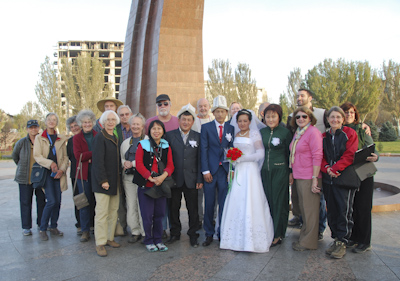 Road Scholars with a Bridal Party
Road Scholars with a Bridal Party
I opted not to go to dinner this evening because I had eaten a very big lunch. It was good to have some time to myself and I packed and rested up for tomorrow when we leave for Tashkent, Uzbekistan.

